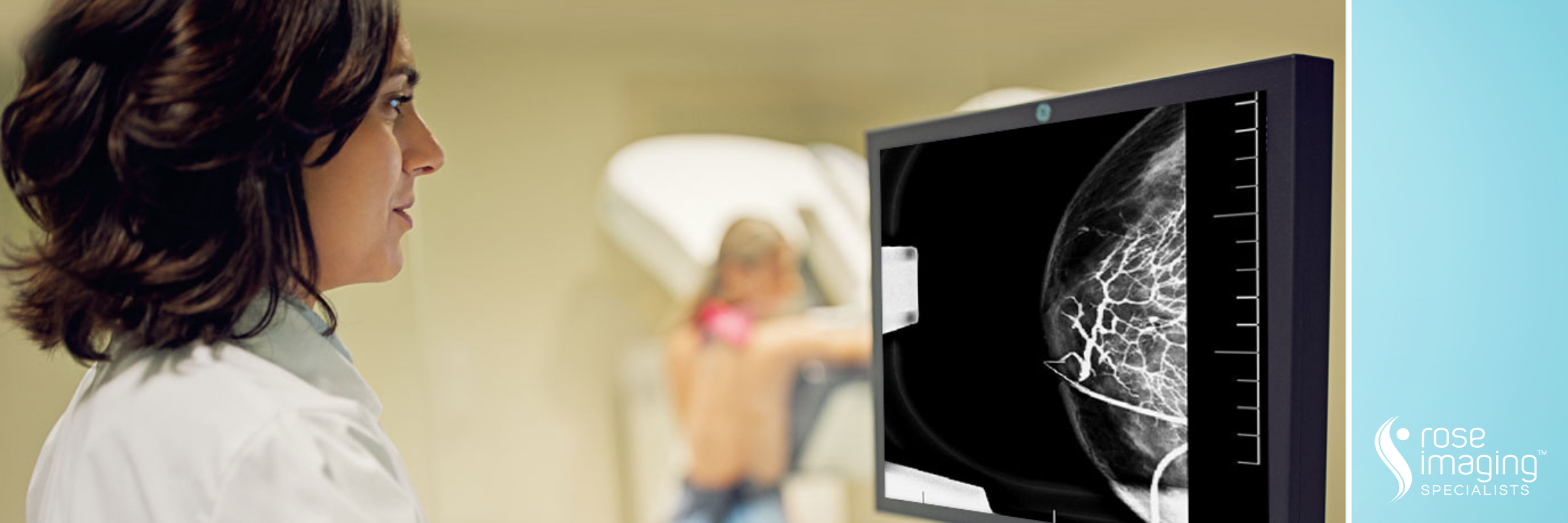BEFORE YOUR DUCTOGRAM
Very little preparation is necessary for this procedure. The only requirement is that the nipple not be squeezed prior to the exam, as sometimes there is only a small amount of fluid and it is necessary to see where that fluid is coming from to perform the exam.
You should inform your physician of any medications you are taking and if you have any allergies, especially to barium or iodinated contrast materials. Also inform your doctor about recent illnesses or other medical conditions. As in mammography, do not wear deodorant, talcum powder or lotion under your arms or on your breasts on the day of the exam. The residue left on your skin by these substances may interfere with the X-rays.

